Nitrogen isotopes
Type of resources
Topics
Keywords
Contact for the resource
Provided by
Years
Formats
Representation types
Update frequencies
-
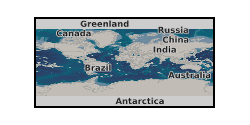
Organic carbon and bulk nitrogen isotope and abundance data and metal abundance data from the Mesoarchean VMS deposit and associated strata. Detailed information is given in Stueeken, E.E., Boocock, T.J., Robinson, A., Mikhail, S. and Johnson, B.W., 2021. Hydrothermal recycling of sedimentary ammonium into oceanic crust and the Archean ocean at 3.24 Ga. Geology, 49(7), pp.822-826.
-
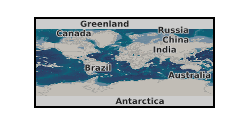
Organic carbon, bulk nitrogen isotope and bulk sulfur isotope and abundance data and metal abundance data from metapelites of the 3.7Ga Isua Supracrustal Belt. For more details, see Stüeken, E.E., Boocock, T., Szilas, K., Mikhail, S. and Gardiner, N.J., 2021. Reconstructing nitrogen sources to Earth’s earliest biosphere at 3.7 Ga. Frontiers in Earth Science, 9, p.675726.
-
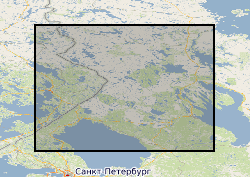
Demonstration of hydrothermal ammonium mobilization in the Paleoproterozoic with possible implications for biological productivity. The data include organic carbon and nitrogen abundances and isotopic ratios, as well as metal abundances. Samples span from sedimentary rocks to altered igneous rocks, where lithologies are provided in the CN data file. The N-enrichment in the usually N-poor igneous rocks indicates transfer of ammonium from organic-rich sediments and can be used to estimate the ammonium concentration of the hydrothermal fluid at the time of deposition. More details are provided in Stüeken, E.E., Kirsimäe, K., Lepland, A. and Prave, A.R., 2023, Astrobiology, 23(2), pp. 195-212.
-
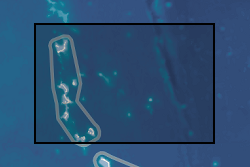
Measurements of nitrogen and carbon abundances and isotopic ratios for deep-marine ferromanganese crusts and nodules from the modern ocean. This reservoir has not previously investigated as an archive of nitrogen isotopes. The results reveal unusually negative values, interpreted as evidence of partial ammonium oxidation succeeded by adsorption of nitrogen oxides to the mineral surface. More details can be found in Stüeken , E E & Bau , M 2023 , Geochemical Perspectives Letters , vol. 25 , pp. 13-17 . https://doi.org/10.7185/geochemlet.2308 Geographical extent: Central Pacific seafloor, between Kiribati and Wallis and Futuna (0° – 10° S and 175° E – 175° W)
-
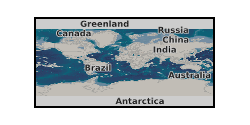
Organic carbon and bulk nitrogen isotope data for black shale samples from six different drill cores with varying distance from the major Zn ore body (HYC) in the McArthur basin. Data show trends with distance in d15N and C/N ratios. A more detailed interpretation is provided in Stüeken, E.E., Gregory, D.D., Mukherjee, I. and McGoldrick, P., 2021. Sedimentary exhalative venting of bioavailable nitrogen into the early ocean. Earth and Planetary Science Letters, 565, p.116963.
-
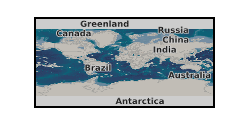
Organic carbon and nitrogen and bulk nitrogen isotope data and metal abundance data for siltstones and shales of the Mesoproterozoic Diabaig Formation. For a detailed description and interpretation, see Stüeken, E.E. and Prave, A.R., 2022. Diagenetic nutrient supplies to the Proterozoic biosphere archived in divergent nitrogen isotopic ratios between kerogen and silicate minerals. Geobiology.
-
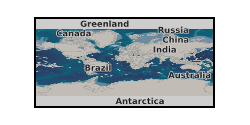
Organic carbon, total nitrogen, total reduced sulfur and carbonate-associated sulfur isotopes measured on decarbonated stromatolite samples from the Paranoa Group (1.1 Ga).
-
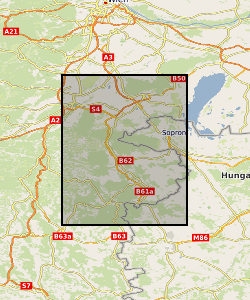
Stable isotope data of organic carbon, nitrogen and sulfur as well as trace elements are used to explore how proxies with differing residence times in seawater respond to changes in the basin’s connectivity to the open ocean. The results show that species with a short residence time, such as nitrate and rare earth elements, may be more sensitive to geologically brief fluctuations in oceanographic conditions than long-lived species like sulfate. Details about the methodology and sampling strategy can be found in Stu¨eken, E.E., Viehmann, S. and Hohl, S.V., 2023, ACS Earth and Space Chemistry, 7(7), pp.1337-1349.
-
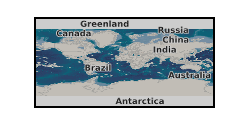
Organic carbon and total nitrogen isotope data for black shales and U-Pb data for apatite solutes from the Burzyan and Yurmatau groups in the Urals, Russia. For detailed discussion see Stüeken, E.E., Kuznetsov, A.B., Vasilyeva, I.M., Krupenin, M.T. and Bekker, A., 2021. Transient deep-water oxygenation recorded by rare Mesoproterozoic phosphorites, South Urals. Precambrian Research, 360, p.106242.
-
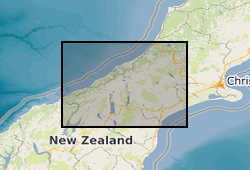
The dataset contains geochemical measurements which quantify the amount and source of carbon in organic matter of sediments from Lake Paringa, New Zealand. Measurements were made on a 6 m sediment core collected in 2015 from the lake bed using a Mackereth corer (PA6m1a). The core was correlated to master core PA1 which has a well-established age-depth model based on accelerator mass spectrometry measurements of the radiocarbon (14C) content of terrestrial macrofossils (Howarth et al., 2016). In addition, soil samples were collected using a soil auger from two elevation transects in westland, New Zealand in 2016 and 2017 (from Mt. Fox and Alex Knob). All sediment samples were freeze dried and ground to homogenise them prior to geochemical analyses. Organic carbon concentration (%) and the stable isotopic composition of organic carbon (δ13C) was measured (Frith et al., 2018) following the removal of carbonate minerals (0.25 M hydrochloric acid for 4 hours at approximately 70 °C) by combustion of sediment at 1,020 °C in a Costech Elemental Analyser coupled via a CONFLO III to a Thermo Scientific Delta V Advantage stable isotope mass spectrometer. Total nitrogen content (N, %) and its isotopic composition (δ15N) was measured by combustion of untreated samples in a Costech Elemental Analyser with a CARBOSORB trap to inhibit large CO2 peaks from affecting measurements. A subset of samples were selected for analysis of the radiocarbon activity (14C, reported as F14C) of bulk organic matter by accelerator mass spectrometry after graphitization. A subset of sediment samples from the lake core and soil samples were selected for the analysis of biomarker abundance and their hydrogen isotope composition. We focused on the extraction of n-alkanes from aliquots of lake sediment (~2 g) using established methods (Wang et al., 2020). These measurements are reported in the dataset as the abundance of n-alkanes (chain lengths C21 to C35) in ug/g of sediment (and sum of chain lengths and ratios - carbon preference index). Finally, the dataset includes outputs of organic matter provenance: modelled elevation and depth, as described in Wang et al., (2020). In the datafile, the sample elevation and depth are provided. The labels for data are as follows. For down core sediment samples from Lake Paringa, they are labelled with the core code (PA6m1), and the sampling interval in centimetres (PA6m1_x). Soil samples from an elevation transect from Mt Fox (MF-YY-a) are labelled with a distinct code for each site (YY) and sub-code for each soil depth (a). Soil samples from an elevation transect of Alex Knob (5.Z.z) are labelled based on sub-site (Z) and soil depth (z).
 BGS Data Catalogue
BGS Data Catalogue